Forest Society Blog - News & Features
Search filters
Results
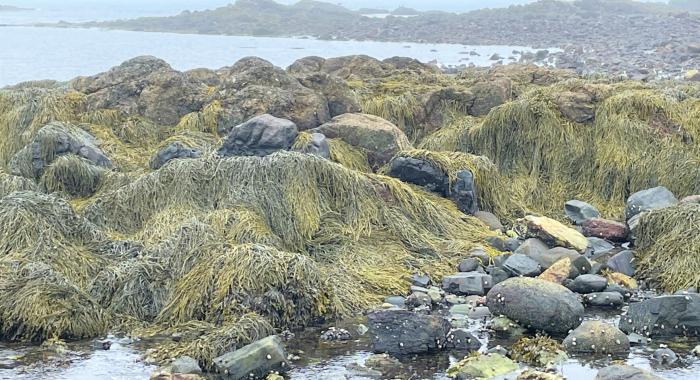
Something Wild: What NH’s 'drowned forest' reveals about the past - and future
Dive into New Hampshire’s hidden history and unfolding environmental story. In this episode, we uncover the remnants of a once-submerged forest now exposed along the coast. Leveraging cutting-edge research and emerging technologies, they explore how this drowned woodland uncovers clues about New Hampshire’s ancient coastline — and how those same insights are guiding our understanding of rising seas and climate resilience. Join us for a journey through time, nature, and hope.
- Tags:
- Something Wild,
- Climate,
- Wildlife
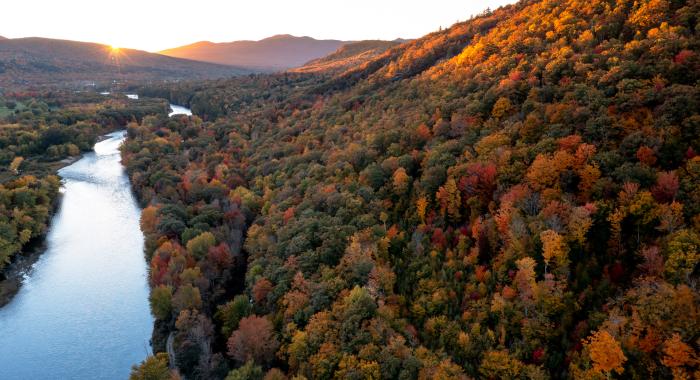
Forest Journal: Why natural places and working lands matter more than ever
A new report confirms what many Granite Staters already know: New Hampshire’s forests, farms, and waters are essential infrastructure. The Benefits of New Hampshire’s Open Space shows how conserved lands support a $3.9 billion recreation economy, protect clean water, and power thousands of local jobs — underscoring the urgent need to invest in these lands for a healthy, resilient future.
- Tags:
- Advocacy,
- Climate,
- Wildlife,
- Clean Water
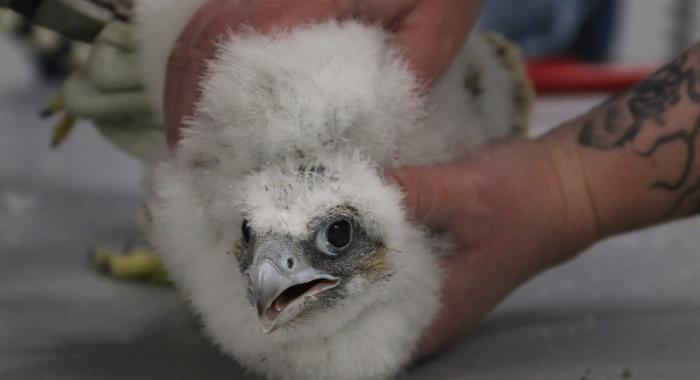
Something Wild: Banding peregrine chicks in Manchester
Every spring for the past 25 years, raptor biologist Chris Martin of New Hampshire Audubon has banded peregrine falcon chicks atop Manchester’s 13-story Brady Sullivan Tower, part of a successful effort to monitor and support the local falcon population. This year, he and NHPR’s Something Wild team documented the careful process of banding this year’s three chicks.
- Tags:
- Something Wild,
- Wildlife
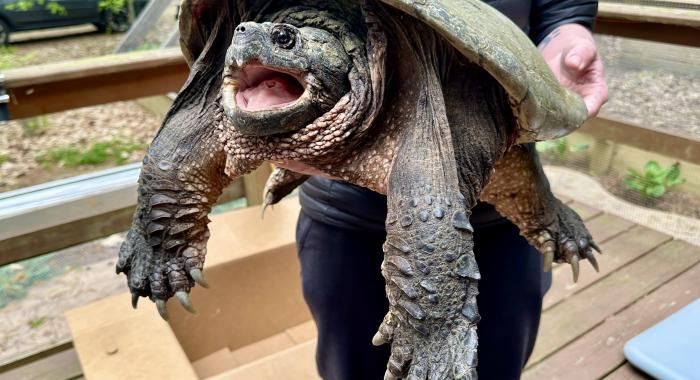
Something Wild: Rescuing NH's wild turtles
Turtles are on the move in New Hampshire this time of year, in search of nesting grounds. It's a high risk time for pregnant females if they have to cross roads to find a good spot. Dave Anderson talks with Drew Stevens and Dallas Huggins, founders and licensed wildlife rehabilitators with New Hampshire Turtle Rescue, based in Nottingham.
- Tags:
- Something Wild,
- Wildlife
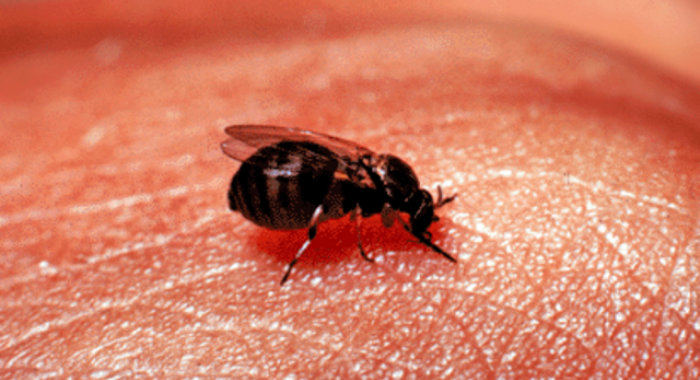
Something Wild: Celebrate the swarms of black flies!
That buzz? It is everyone’s favorite bug to hate this time of year: the black fly. As hours of daylight increase, temperatures start to rise, making conditions just right for black flies, and surprisingly, that’s worth celebrating!
- Tags:
- Something Wild,
- Wildlife
Something Wild: Home Tweet Home, a bird nest quiz
The Something Wild hosts put their bird nest knowledge to the test! Play along and see if you know your wildlife.
- Tags:
- Something Wild,
- Wildlife
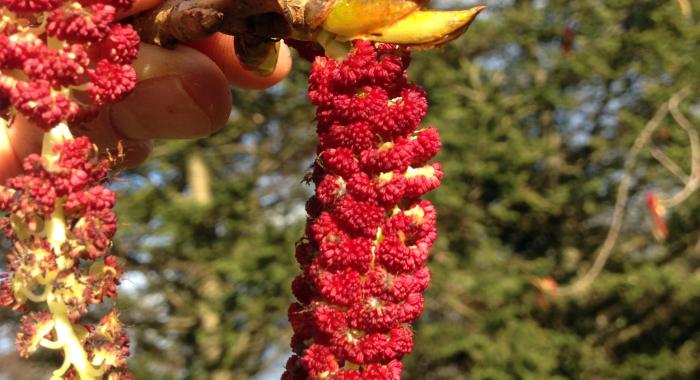
Something Wild: Big-toothed and trembling, some respect for poplars
Have you ever walked or paddled along a riverbank, and noticed a towering tree with deeply-furrowed gray bark and huge bright green leaves that flutter in the breeze like butterfly wings? If so, you’ve probably met the Eastern Cottonwood.
- Tags:
- Something Wild,
- Wildlife,
- Land Conservation
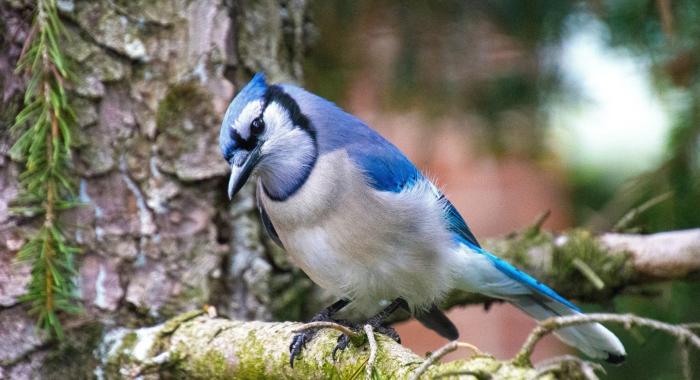
Something Wild: "Why are blue jays eating paint off my house?"
In an all new Something Wild, the team embarks on an investigation into what is causing blue jays to dine on an unusual (but maybe tasty?) snack.
- Tags:
- Something Wild,
- Wildlife
